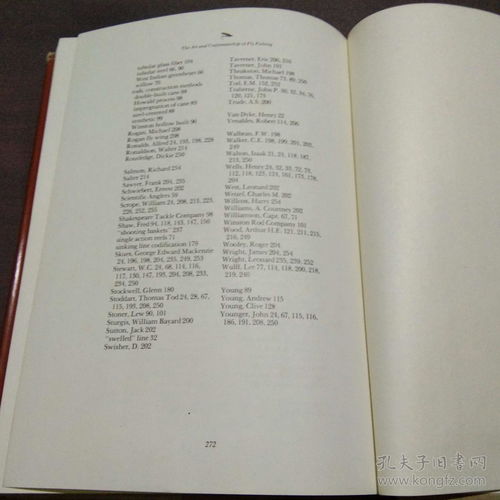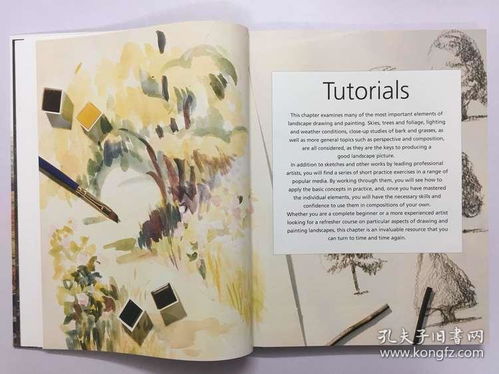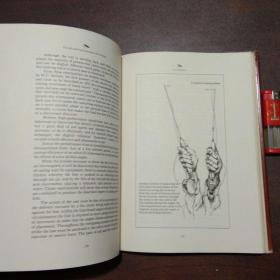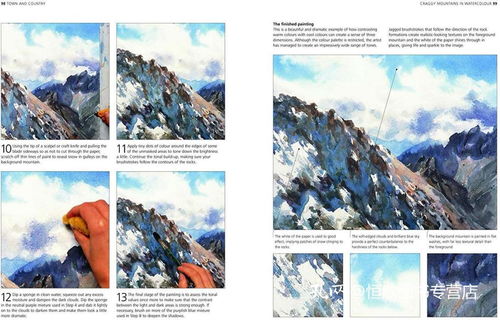Content:
Introduction:

Fly fishing, an ancient and revered pastime, has been captivating anglers for centuries. It is a sport that requires patience, skill, and a deep connection with nature. One of the most fundamental skills in fly fishing is learning how to tie hair. Hair flies are versatile and effective, and mastering the art of tying them can significantly enhance your fishing experience. In this article, we will explore the essential techniques for tying hair flies and provide you with valuable video tutorials to help you perfect your craft.
Choosing the Right Materials:
Before diving into the tying process, it is crucial to select the appropriate materials. Hair flies are typically made using natural or synthetic materials such as deer hair, elk hair, or marabou. The choice of material depends on the fly pattern and the species of fish you are targeting. Ensure that you have the following materials on hand:
- Fly tying thread
- Hair material (deer hair, elk hair, marabou, etc.)
- Bead or weight (optional)
- Hook
- Scissors
- Tying vise
- Fly tying tools (e.g., bobbin, hackle gauge, hair stacker)
Basic Tying Techniques:
Now that you have your materials ready, let's explore the basic techniques for tying hair flies:
a. The Hair Loop: This technique is used to form the body of the fly. To create a hair loop, follow these steps:
- Thread the hook through the tying vise and secure it with a small overhand knot.
- Wrap the thread forward to the eye of the hook and make a small loop.
- Place the hair material in the loop and secure it with a small overhand knot.
- Trim the excess hair and pull the loop tight.
b. The Hackle Stack: The hackle stack is used to create the wing of the fly. Here's how to do it:
- Select a section of hackle and place it on the thread.
- Wrap the thread around the hackle to form a stack.
- Trim the excess hackle and secure the stack with a small overhand knot.
- Wrap the thread forward to the hair loop and tie it off with a half-hitch.
c. The Collar: The collar is used to add body and structure to the fly. To create a collar, follow these steps:
Wrap the thread forward to the hair loop and make a few turns.
Place the hair material on the thread and secure it with a small overhand knot.
Trim the excess hair and pull the collar tight.
Advanced Techniques:
Once you have mastered the basic techniques, you can explore more advanced methods to enhance your fly tying skills. Here are a few tips:
a. Hair Stacking: Hair stacking involves placing multiple pieces of hair on the thread to create a thick, dense body. This technique is ideal for streamers and other large flies.
b. Hair Splicing: Hair splicing involves cutting and overlapping hair sections to create a lifelike appearance. This technique is often used for realistic patterns like leeches and stoneflies.
c. Bead or Weight Addition: Adding a bead or weight to your fly can help it sink more effectively in the water. To do this, place the bead or weight on the thread before wrapping the hair loop.
Video Tutorials:
To help you perfect your fly tying skills, we have compiled a list of helpful video tutorials:
- "How to Tie a Basic Hair Fly" by Fly Fishing Videos
- "Advanced Hair Fly Tying Techniques" by Fly Fishing Mastery
- "Hair Splicing for Realistic Flies" by Fly Tying University
Conclusion:
Learning how to tie hair flies is an essential skill for any fly fisherman. By mastering the basic techniques and exploring advanced methods, you can create versatile and effective flies to catch a wide range of fish. With the help of video tutorials, you can refine your skills and become a confident fly tier. Happy fishing!












